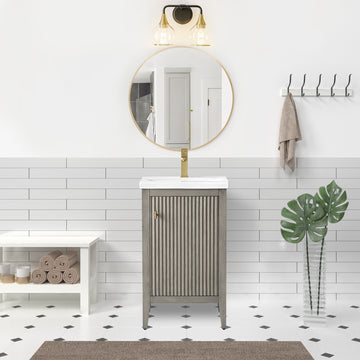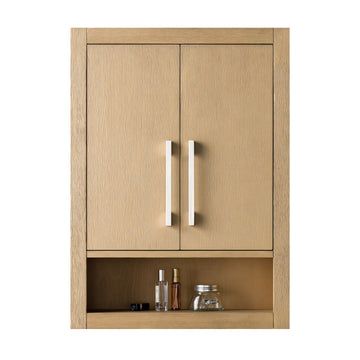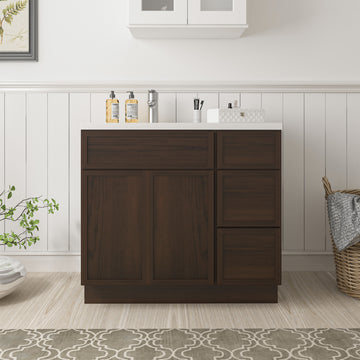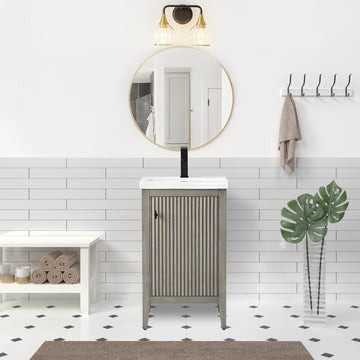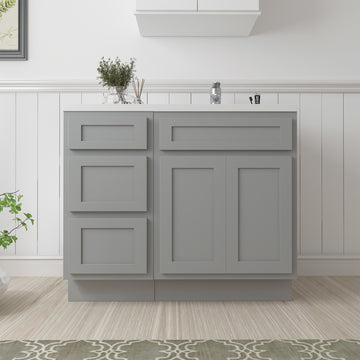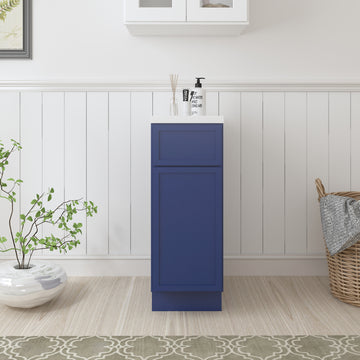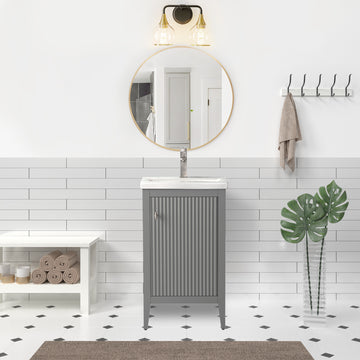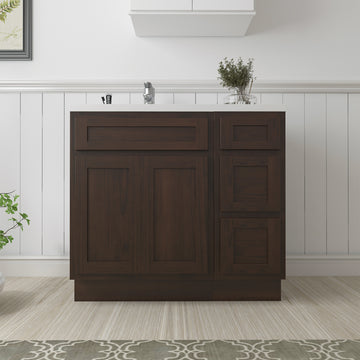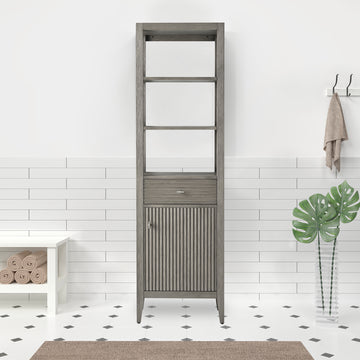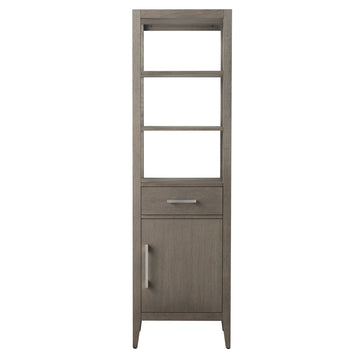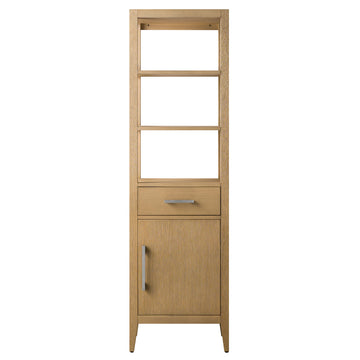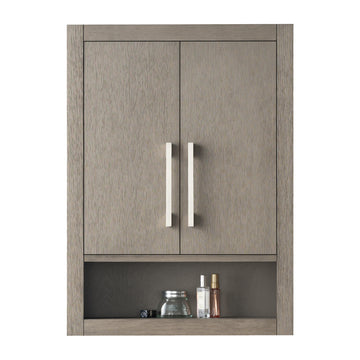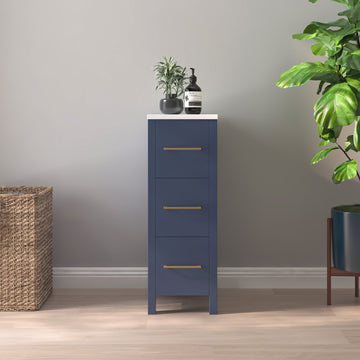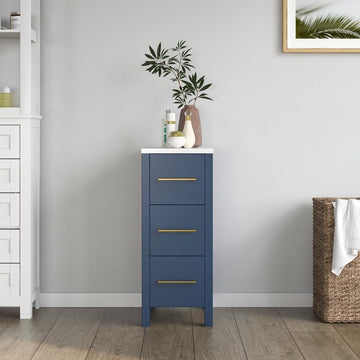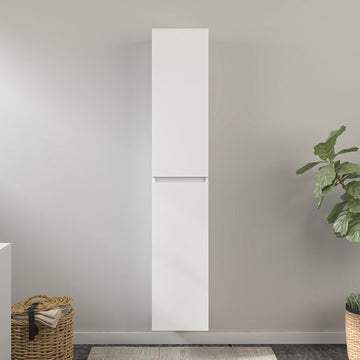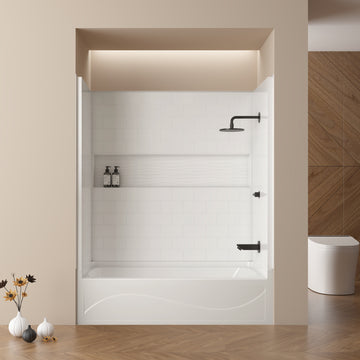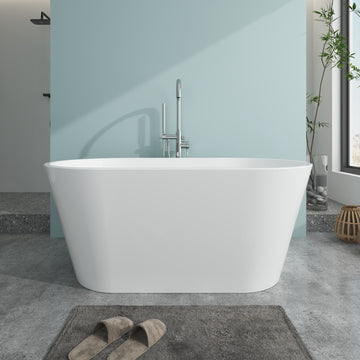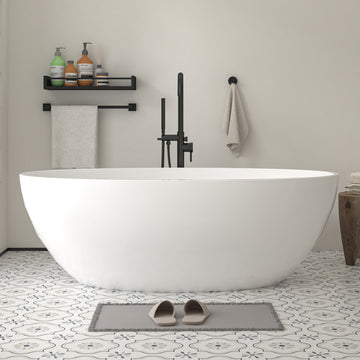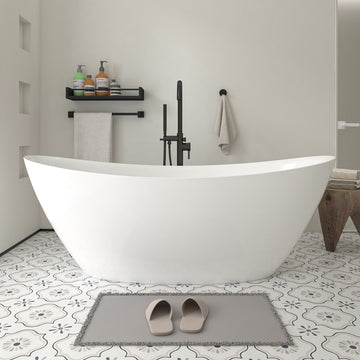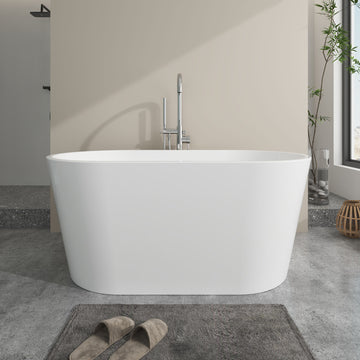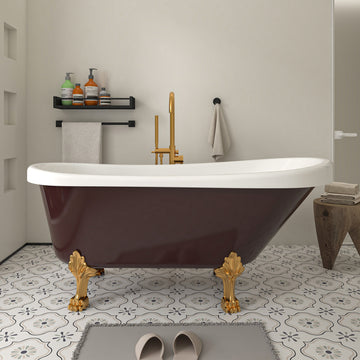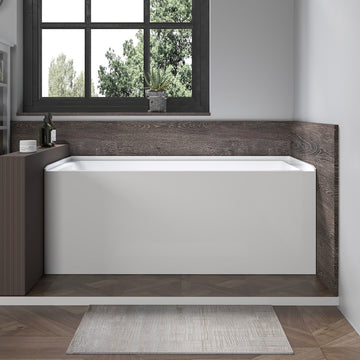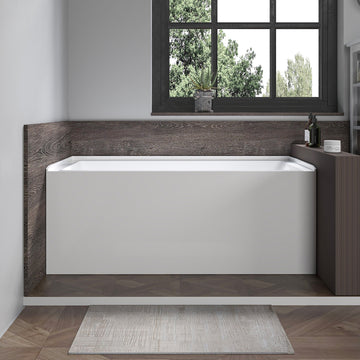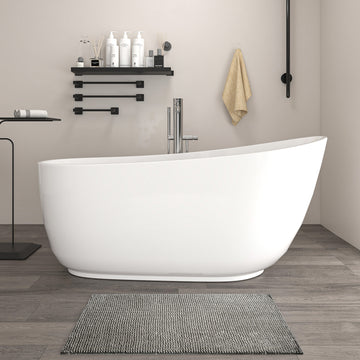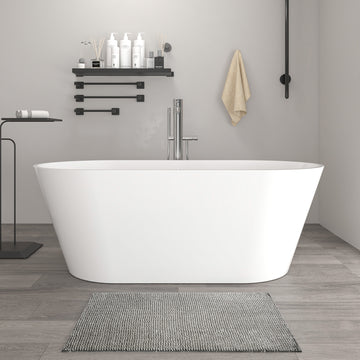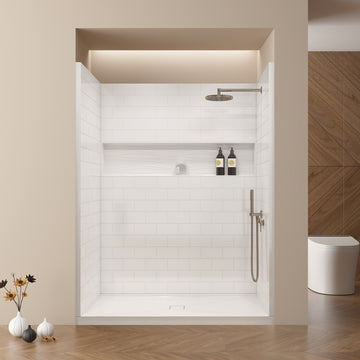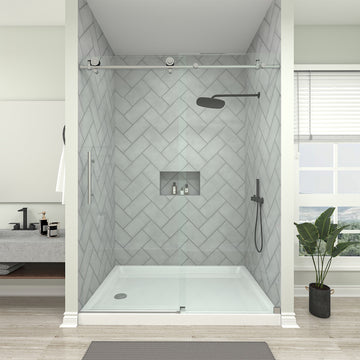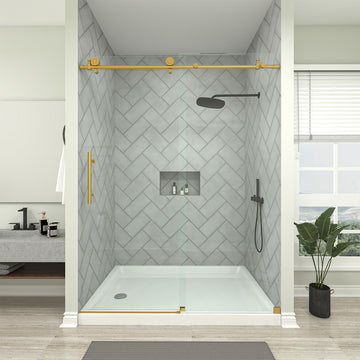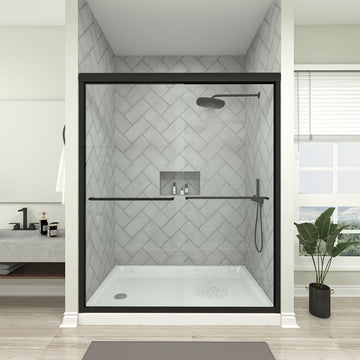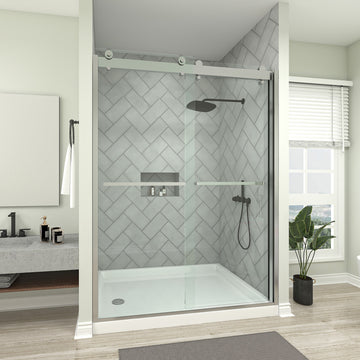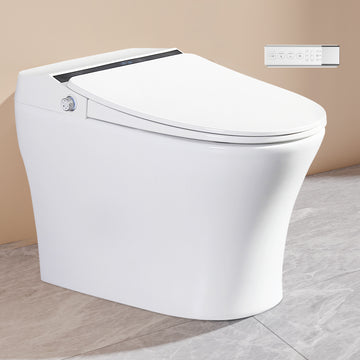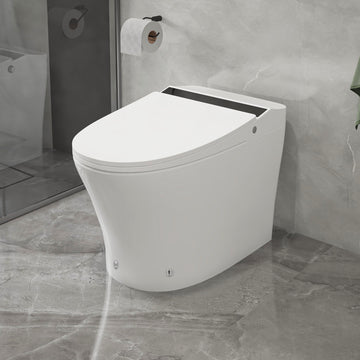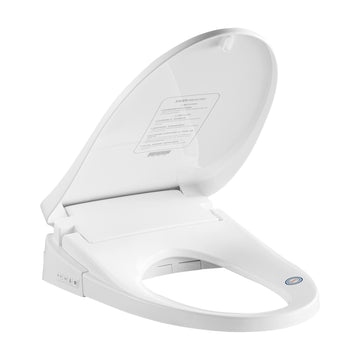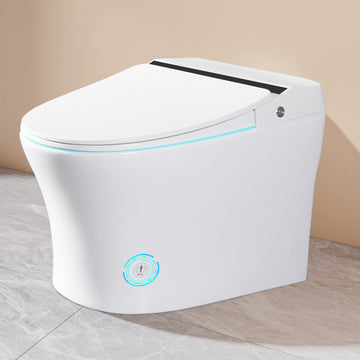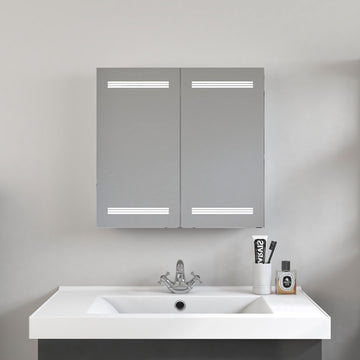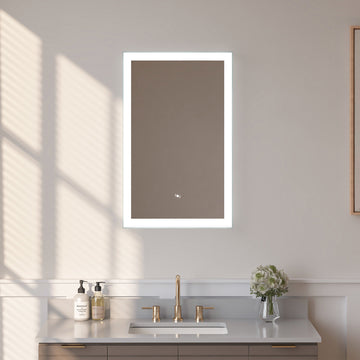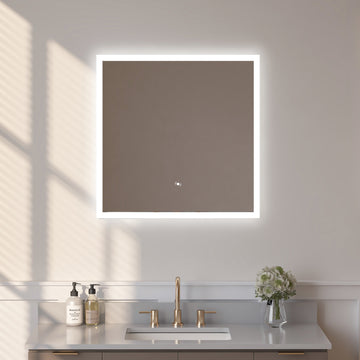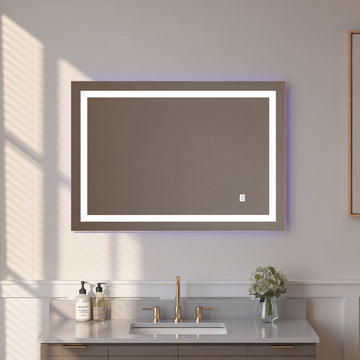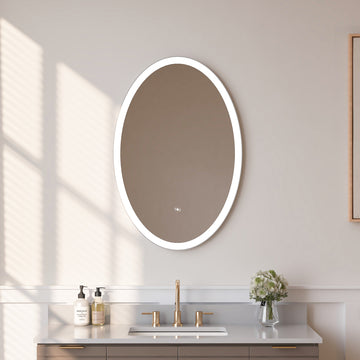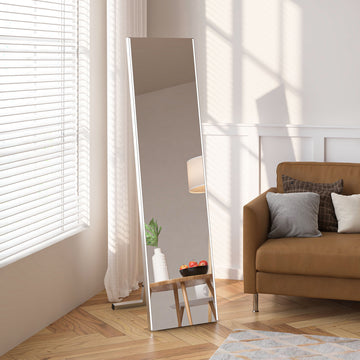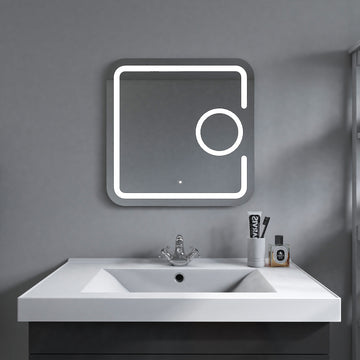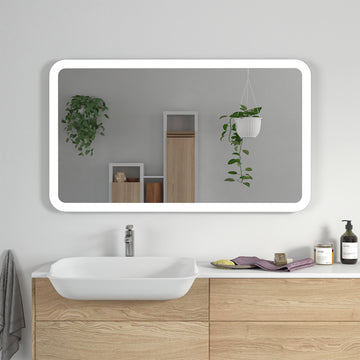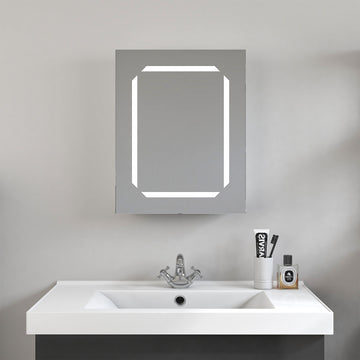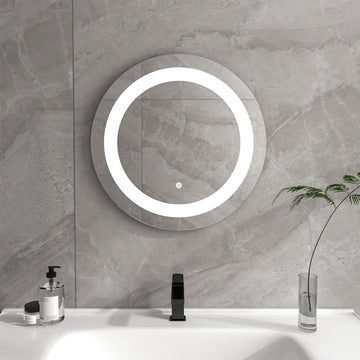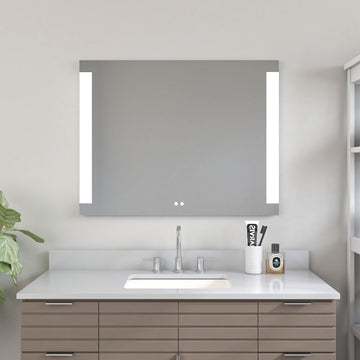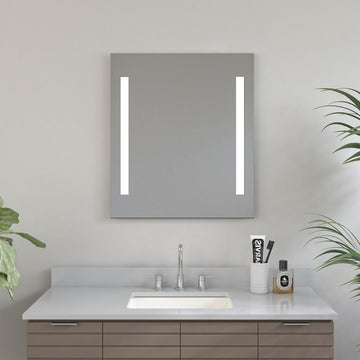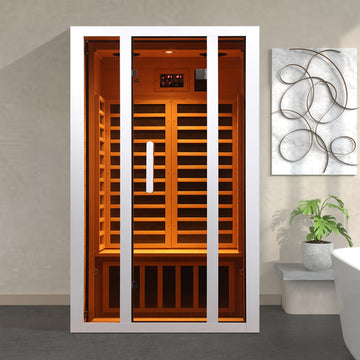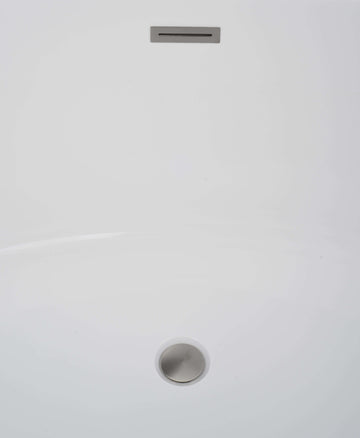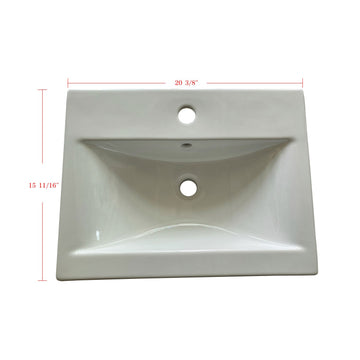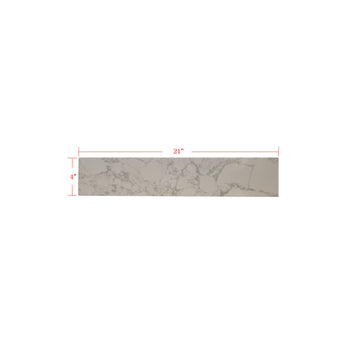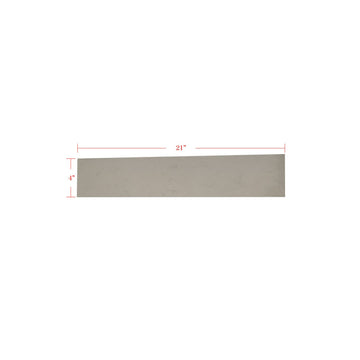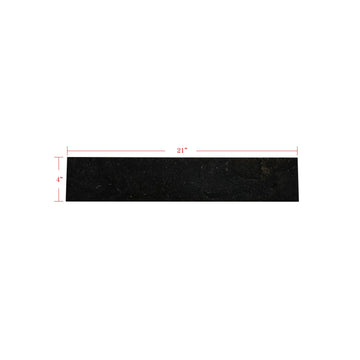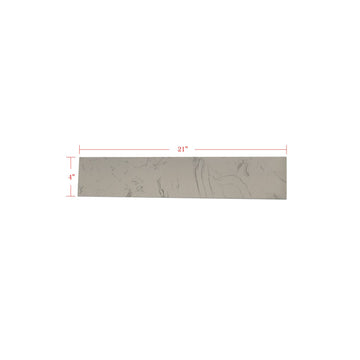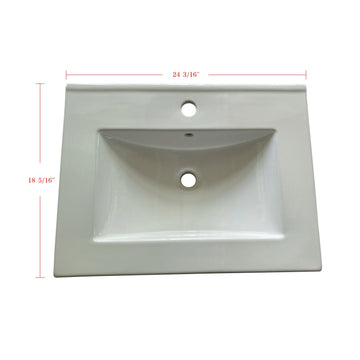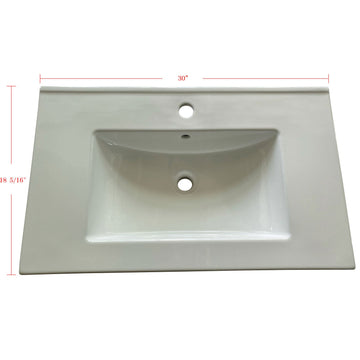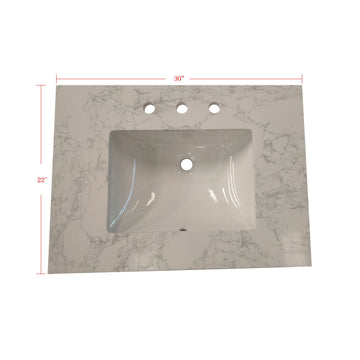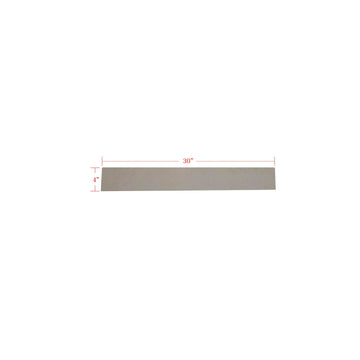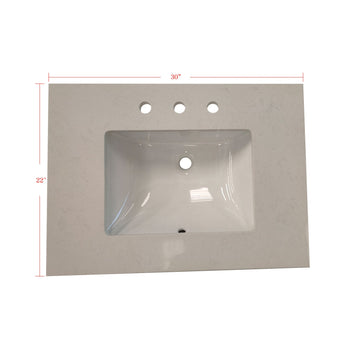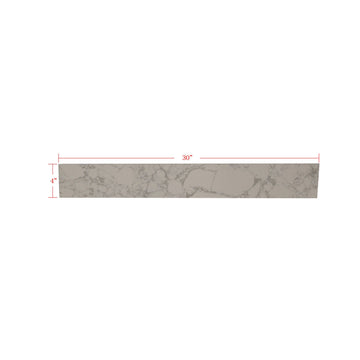Finding tiny flying bugs hovering around your sink, drain, or even toothbrush can be frustrating and gross. They’re small, fast, and seem to appear out of nowhere. These aren’t just random insects passing through. More often than not, you're dealing with gnats or similar bugs like drain flies or fungus gnats that have found a comfortable, damp breeding ground inside your bathroom.
Bathrooms offer everything these pests love: moisture, organic debris, and warmth. So if you've started noticing them regularly, you're not imagining things. They're settling in. Before jumping into solutions, it helps to figure out exactly what you’re dealing with and why they’ve made your bathroom their home.
What are the gnats in my bathroom?
It’s tempting to call every tiny flying insect a “gnat,” but not all bugs buzzing around your bathroom fall under that category. Bathrooms can attract a few specific types of flying pests, and identifying which one you’re seeing is the first step to getting rid of them for good.
The most common offenders are drain flies, fruit flies, and fungus gnats. Drain flies, also known as sink flies or moth flies, are fuzzy, slow flyers that often gather near drains, especially in showers or sinks that haven’t been used in a while. Fruit flies can end up in bathrooms if there’s a trash bin with organic waste or even a bit of rotting fruit tossed in the wrong place. Fungus gnats prefer moist soil, so if you have a plant in your bathroom, they might be coming from there.
None of these bugs are particularly dangerous, but they are persistent and annoying. They also tend to breed quickly, which means ignoring them can lead to a full-blown infestation in a matter of days. That’s why figuring out which type of bug you’re dealing with matters. Because the cause and solution will depend on it.
Why and where are the gnats coming from?
If you’re seeing gnats in your bathroom, it usually means one thing: moisture. Bathrooms offer the perfect environment for these bugs. They are damp, warm, and full of organic material that they can use to feed or lay eggs. But to get to the root of the issue, it helps to understand the different sources that attract different types of gnats or similar flying pests.
Drain flies, for example, lay their eggs in the gunk that builds up inside drain pipes. Even a thin layer of biofilm: a mix of soap scum, hair, and bacteria, can serve as a breeding ground. If the sink, shower, or tub hasn’t been cleaned in a while, or if there’s standing water in the P-trap, that’s often where they’re coming from.
Fruit flies, while usually more common in kitchens, can show up in bathrooms if there’s a garbage bin with organic waste, or if you’ve tossed something biodegradable down the sink. They’re also drawn to sweet-smelling products, including some soaps, shampoos, or spilled beverages.
Fungus gnats typically come from potted plants. If you’ve got greenery in your bathroom, and the soil stays constantly wet, it’s an open invitation. These gnats lay their eggs in moist soil, and their larvae feed on decaying plant material and fungus in the top layer.
Sometimes, the gnats aren’t even “from” your bathroom. They may have come in through a window or vent, or traveled from another part of your home where they originally hatched. But once they find a damp, enclosed space, they settle in fast.
In short, gnats and similar bugs are drawn to moisture, organic matter, and stagnant air. All things that bathrooms tend to have. Pinpointing their entry point and food source is the first step in stopping the cycle.
What harm could the gnats bring

Most of the time, bathroom gnats aren't dangerous. They might not bite or sting, but they can still be unsanitary, especially when they hang around areas tied to hygiene and waste, like sinks, drains, or trash bins.
Drain flies, for example, thrive in areas with decaying organic matter. While they don’t directly transmit disease, their presence around bathroom drains means they’ve likely come into contact with bacteria and other microorganisms. When they land on toothbrushes, towels, or your skin, it’s not exactly a clean transfer.
Fruit flies can carry contaminants if they’ve bred near garbage or rotting food. Again, while the risk of illness is relatively low, their association with unsanitary environments makes them an unwelcome guest in any part of the home, especially the bathroom.
Fungus gnats pose less of a hygiene risk but are still a nuisance. In large numbers, they can affect the health of indoor plants, particularly if their larvae are feeding on the roots. And no one wants small bugs hovering in their line of sight while brushing their teeth.
So, are gnats in your bathroom dangerous? Probably not in the medical sense. But are they gross? Yes. And if left unchecked, they can multiply quickly and make your bathroom feel unclean, no matter how recently you wiped down the counters.
How to get rid of the gnats?
Once you've identified that you're dealing with gnats, the next step is getting rid of them effectively. The key is to eliminate both the adult bugs and the breeding ground. If you only kill the visible ones, they’ll come right back. Here's a practical, detailed approach to actually solving the problem.
Clean and flush your drains

Start with the drains. Most gnats in bathrooms, especially drain flies, breed in the organic buildup inside sink, tub, and shower drains.
-
Boiling water flush: Pour a kettle of boiling water down each drain once or twice a day for several days.
-
Baking soda and vinegar: Sprinkle baking soda down the drain, then pour in white vinegar. Let it foam for 10–15 minutes, then flush with hot water. This helps dislodge gunk they may be living in.
-
Drain gel cleaner: If the natural methods don’t work, try an enzyme-based drain cleaner. Avoid harsh chemical ones, which might not break down the organic matter gnats feed on.
Dry out wet surfaces
Gnats thrive in moist environments. Wipe down sinks, showers, tiles, and any pooling water daily. If you have leaky plumbing under the sink or behind the toilet, fix it. Ventilation also matters. Turn on the fan after showers or crack open a window to lower humidity.
Remove trash and organic material
If you have a bathroom trash can, especially one where you toss tissue or cosmetic wipes, empty it regularly. Organic matter in even small amounts can attract gnats. The same goes for dirty towels or damp clothing left on the floor. Wash them often and avoid letting them pile up.
Target the adults with DIY traps
While you're eliminating their breeding sources, catch the gnats that are already flying around.
-
Apple cider vinegar trap: Fill a small bowl with apple cider vinegar and a drop of dish soap. Leave it uncovered in the bathroom. The smell attracts gnats, and the soap breaks the surface tension so they sink and drown.
-
Sticky traps: Yellow sticky traps (usually sold for plants) can catch fungus gnats or other flying pests. Place one near plants or areas where gnats gather.
-
Drain cover trap: At night, cover drains with a clear cup or plastic wrap. If you see gnats trapped in the morning, you’ve confirmed they’re coming from the drain.
Check and clean bathroom plants
If you have potted plants in the bathroom, fungus gnats might be laying eggs in the soil. Let the soil dry out completely between waterings and consider repotting with fresh, sterile soil. You can also place a layer of sand or gravel over the soil surface to deter gnats from laying eggs.
Use insecticide only as a last resort
Most bathroom gnat problems can be handled without chemicals, but in persistent cases, a targeted insect spray can help. Look for insecticides labeled safe for indoor use and effective against flying insects. Don’t spray near toothbrushes, towels, or where pets and kids frequent.
Taking these steps together addresses both the symptoms (the flying gnats) and the root of the problem (where they’re breeding). Don’t expect them to disappear overnight. It can take several days to a week to fully clear them out, especially if the infestation is moderate to severe.
If nothing works out at the end, hiring a professional will always be your out.
How to prevent gnats from coming back
Once you've eliminated the current infestation, the next goal is to keep gnats from returning. Prevention is mostly about consistency and cleanliness. Bathrooms naturally attract moisture, which makes them a prime environment for these bugs to thrive. But with a few simple habits, you can keep them out for good.
First, keep your drains clean. Even after the gnats are gone, continue flushing your drains weekly with boiling water or a vinegar-and-baking soda mix. This helps prevent organic buildup, the stuff gnats love to breed in, from forming again.
Next, control humidity. Ventilation is key. If your bathroom has an exhaust fan, use it regularly, especially after showers. If not, consider a small dehumidifier, particularly in bathrooms with poor airflow or basements. Gnats don’t do well in dry conditions.
Fix leaks as soon as you notice them. A dripping pipe under the sink or water pooling at the base of the toilet can create microenvironments that encourage gnats to return. Even water that collects in the folds of a shower curtain or in a toothbrush holder can become a breeding site if left alone too long.
Avoid leaving damp towels or clothes in the bathroom for extended periods. Wash them frequently and hang them where they can dry quickly. Similarly, empty trash bins regularly and clean them out once in a while, especially if they’re used for anything organic.
Finally, if you keep plants in the bathroom, check them periodically for fungus gnats. Use well-draining soil and avoid overwatering. Adding a layer of gravel or sand to the topsoil can help stop gnats from laying eggs there again.
Maintaining a gnat-free bathroom is about building small, regular habits that deny these bugs the environment they need to thrive.
Keeping gnats out of the bathroom
Gnats in the bathroom are a sign that something in the space needs attention. Whether it’s excess moisture, clogged drains, or overwatered plants, identifying the cause and staying on top of it makes all the difference.
While getting rid of gnats can take a few days of effort, keeping them from coming back mostly comes down to regular upkeep and a little awareness. The goal isn’t to make your bathroom sterile, just clean and inhospitable to bugs. Once you get there, it’s much easier to keep it that way.
FAQs
Why are gnats only in my bathroom and not in other parts of my home?
Bathrooms are often warm, humid, and filled with small water sources. They have ideal conditions for gnats to breed. Drains, leaky pipes, damp towels, and overwatered plants nearby can create perfect environments for them. Other rooms may not offer the same level of moisture, so they’re less attractive.
Can gnats in the bathroom come from the toilet?
While less common, gnats can be drawn to the toilet if it’s infrequently flushed or if there’s organic material inside. However, they’re more likely coming from the drain or another moisture source nearby, like the sink or shower.
How long does it take to get rid of bathroom gnats?
It depends on the severity of the infestation and how consistent you are with treatment. Light infestations can be handled in a few days with cleaning and traps. More persistent cases, especially those coming from deep within drains, might take a couple of weeks and multiple treatment rounds.
Are gnats in the bathroom dangerous to my health?
Most bathroom gnats, such as drain flies and fungus gnats, aren’t dangerous, but they can be unsanitary. Drain flies, in particular, breed in decaying organic matter. Their presence could signal a hygiene issue, and some people might react to their presence with mild allergies or skin irritation.
Will pouring bleach down the drain kill bathroom gnats?
Bleach may kill some gnats and bacteria in the drain, but it often doesn’t reach the breeding site, especially in curved pipes or thick buildup. A combination of drain cleaning, scrubbing, and enzymatic cleaners is more effective for breaking their lifecycle.
Why do gnats keep coming back even after I clean?
They likely haven’t been eliminated at the source. Gnats lay eggs in moist organic matter that may still be present inside drains or behind tile. Surface cleaning alone won’t stop them if the breeding site remains untouched. Be sure to clean deep into drains and address moisture issues.
Can essential oils help repel or kill bathroom gnats?
Yes, oils like peppermint, eucalyptus, or tea tree can help repel gnats when added to cleaning sprays or diffusers. However, they should be seen as a supplement to proper cleaning, not a complete solution.

